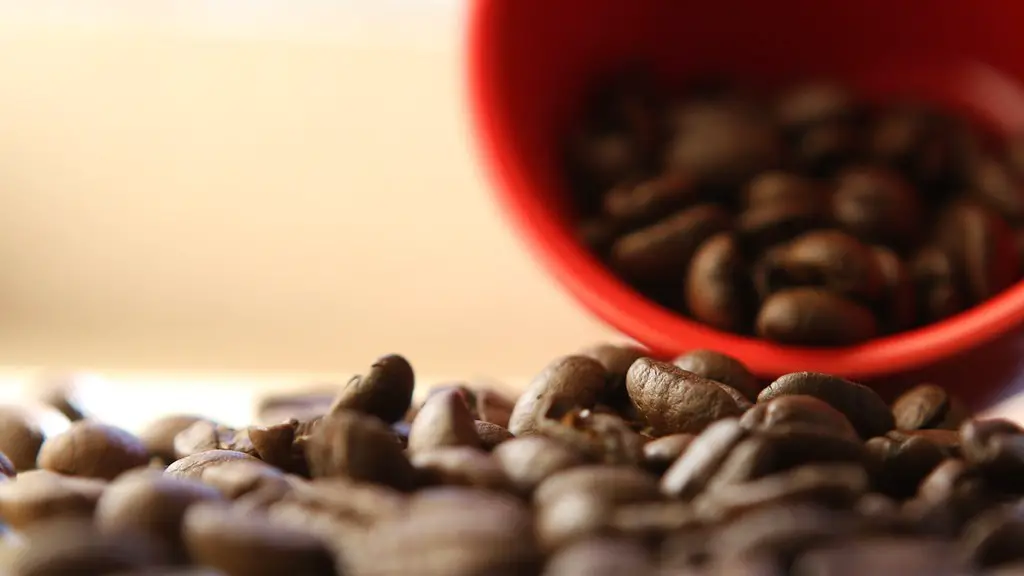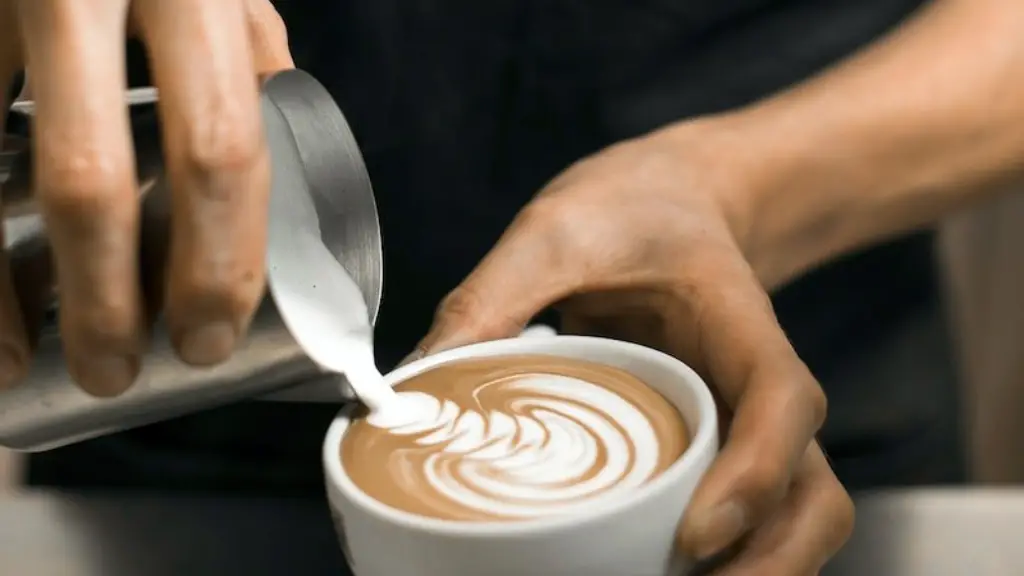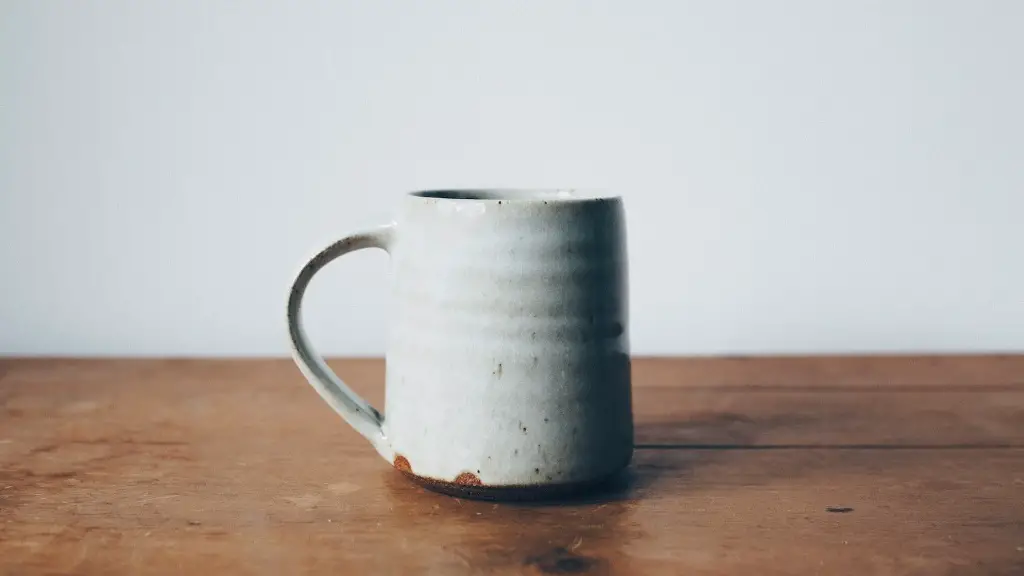Every morning millions of Americans fill their cups with steaming hot coffee, taking in the aroma and preparing to dive into the day’s work. Originating hundreds of years ago, coffee has grown to become an essential part of many people’s routines. Here we explore how much coffee Americans consume each day.
Coffee is the most frequently consumed beverage worldwide, with unique blends and roasts available for all tastes. The United States is among the top 10 countries with the highest coffee consumption with an annual rate of 400 million 60kg bags (about 19 billion pounds!).
According to a survey conducted by the National Coffee Association in 2020, around 64% of Americans above the age of 18 drink coffee each day, which is the highest figure recorded in the past six years. The survey concluded that a staggering 83% of Americans aforementioned age range drink coffee each week.
Statistics also reveal an interesting trend as the CNN data reveals that most coffee is consumed during breakfast time, with at least 64% of the surveyed individuals drinking coffee in the morning. College-aged individuals reported the highest percentage with an impressive 94% saying they prefer to drink coffee early in the day.
Experts often cite the reason behind the high rate of coffee consumption in America as the country’s busy lifestyle, with a median of 1 hour and 15 minutes difference between the time individuals wake up and go to bed everyday. As the workload and other responsibilities increase, the early hours of the day become the only window of opportunity for coffee, further increasing the demand.
Consumption of coffee pairs with the current economic situation of America, with a 2020 report from Joy Ride Coffee concluding that the majority of coffee purchased daily is from quick-service coffee shops and supermarkets. According to the same report, 70% of the surveyed individuals said their average spent for coffee and coffee-related products was around 6.50 to 7.50 USD.
Given that the consumption of coffee and coffee related products consists of workers in a variety of fields, and is often the first economical activity individuals are engaging in during the day, it provides interesting information on the current macroeconomic landscape of America.
Health Benefits of Coffee
According to a report published in ‘The American Journal of Clinical Nutrition’, men and women who reported drinking the most coffees per day over the course of 22 years were less likely to die from type-2 diabetes and less likely to die earlier.
Studies revealed that an increased rate of coffee consumption could provide benefits such as lower risk of type 2 diabetes, gallstones, Parkinsons and dementia. The results of the study were consistent for both genders, and for individuals who drank caffeinated and decaffeinated coffee.
Regular coffee consumption can also improve mental health, as well as morale, focus and productivity. The aroma of the beans can act as a trigger for positive memories, creating a calming atmosphere and helping individuals stay alert and motivated in the morning hours.
Interestingly enough, a study conducted in 2019 by Harvard Medical School revealed that for women, drinking four cups of coffee per day can help in reducing the risk of depression by 20%, which is significantly higher than the rates recorded for men.
Overall, coffee is an essential part of millions of American’s lives, and has proven to be beneficial in providing its daily drinkers with more than a wakeup call.
Supermarket vs. Specialty Coffee Shops
Data from a 2018 survey obtained by the New York Times revealed that around 33% of the surveyed individuals drink specialty coffee on a regular basis. The majority of the surveyed individuals in the same sampling reported ‘better quality’ as the reason behind their preference.
However its remarkable the high rate at which the demand for specialty coffee has grown in the last decade, supermarkets are still the leading supplier of coffee in America. The sales of packaged coffees have grown by 4.1% in the last five years, and American households reported spending an average of 36 USD on coffee products each month in 2018.
The competition is growing as specialty coffee shops try to retain their current customers and attract new ones. Many cafes now offer a wide range of products such as tea, wine and small bites; providing customers with an alternative to supermarkets which might not have the same quality for their hot beverages.
It is safe to say that specialty coffee shops have made significant progress, yet their sales figures are still well behind supermarkets’. In 2018, the home-brewed segment accounted for 74.4% of the overall market value for coffee products in the United States and supermarkets still accounted for 54% of the total retail value of coffee consumed in the same year.
Environmental Impact
Coffee producers in the US grow primarily Robusta and Arabica beans, of which Arabica makes up a larger share. To meet the growing demand for coffee, the harvest must be greater than the demand. That being said, the production of coffee sometimes causes deforestation and damaged ecosystems. The land used for growing coffee can be right near our own backyards; when coffee production results in deforestation, it further damages our local environment.
Coffee drinkers, who are usually huge supporters of sustainability, are more conscious of their coffee purchases now than ever. With sustainability and wakefulness being key selling points for coffee producers, they are focusing on transparency in the coffee-making process. Moreover, to limit coffee production-related environmental damage, coffee houses are turning to sites like Birds and Beans that certify sustainable coffee production. Other coffee suppliers use methods such as shade-growing, which minimizes the impact on ecosystems and habitats. These methods also help increase biodiversity and the ecosystem’s health, as well as conservation.
As coffee consumption in America increases, smaller coffee companies and specialty brands are seeing an opportunity to highlight their socially responsible production practices and join the larger competition. It is interesting to see how the demand for environmental-conscious coffee aligns with the average American’s ethos, a sign of the times in more ways than one.
The Impact of Coffee Price
The average American spends around 1 percentage of their households’ income on coffee products, an incredible figure compared to other countries. USD 64 is the average annual expenditure of coffee products per household, on average, according to the Bureau of Labor Statistics. Furthermore, the same survey revealed that 55% of people do not even consider coffee to be an essential item.
Interestingly, sales figures indicate that every time coffee prices increase, Americans continue to purchase at the same rate, indicating that coffee is indeed an essential part of their routine. Even when prices rise, sales remain two thirds the size, which implies that coffee has become somewhat of a hard currency in America.
Time magazine highlighted an example of just how powerful even small increases in coffee prices can be. Looking at the sales figures from 2008 to 2013, every time Starbucks raised their prices by 1%, their sales increased by 16%. The same results were recorded for Dunkin’ Donuts, indicating that many Americans consider coffee an essential part of their day and are willing to pay more for better quality.
Consumer preferences are changing, however, as many eco-conscious consumers have switched to more sustainable options, causing prices to rise due to greater demand and limited supply in some cases. It seems like new trends in coffee consumption indicate that people are willing to pay more for better quality and environmentally conscious products.
Conclusion
It is no secret that Americans love their coffee, yet the rise of in-home beans has provided opportunities for entrepreneurs to capitalize on the popularity of the black gold drink.
Coffee consumption in the US has been on the rise for the past few years, with the majority of Americans choosing to buy grounds from large supermarkets. New trends indicate that many citizens are willing to pay more for higher quality and environmental-conscious coffee, with specialty cafes growing each year in cities and towns.
Not only is this culture fascinating and indicative of American’s habits and preferences, but it also provides an opportunity to develop a better understanding of the economy, and the macroeconomic landscape of the largest consumer country in the world.





